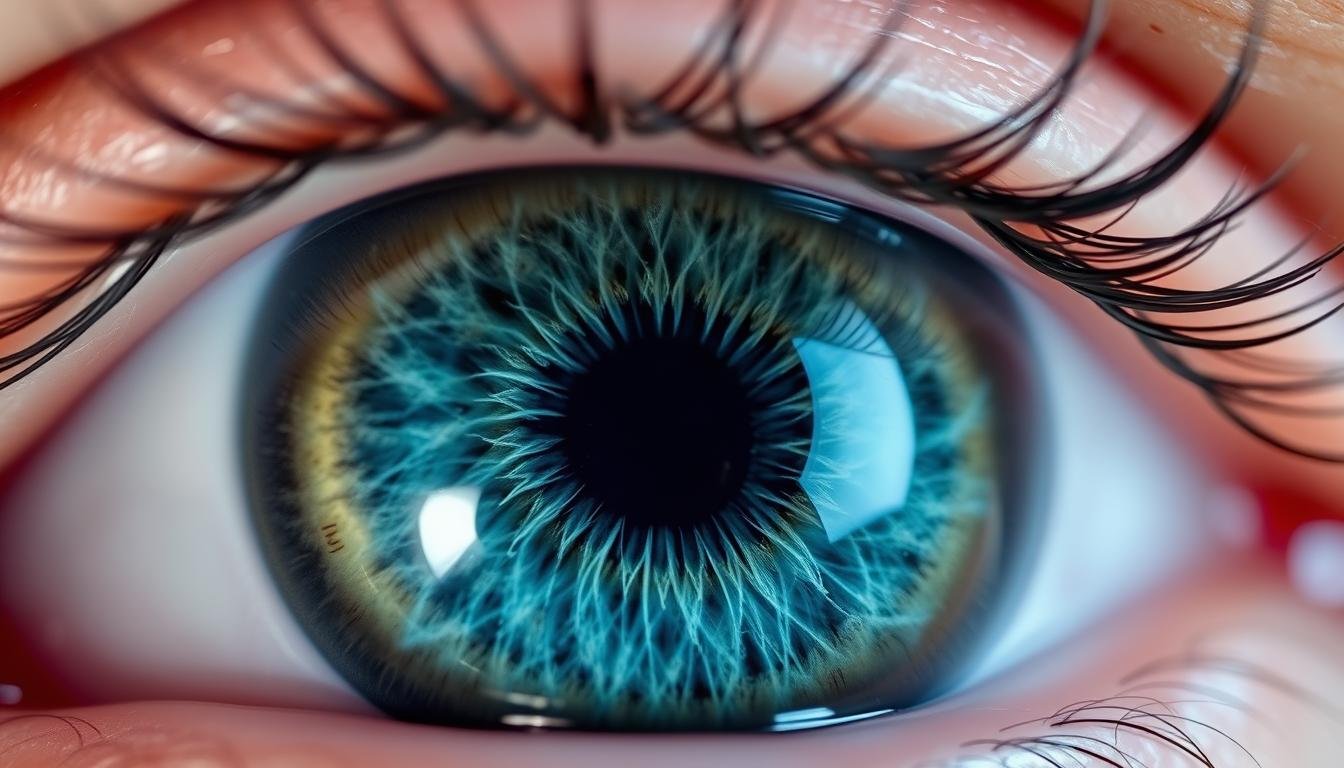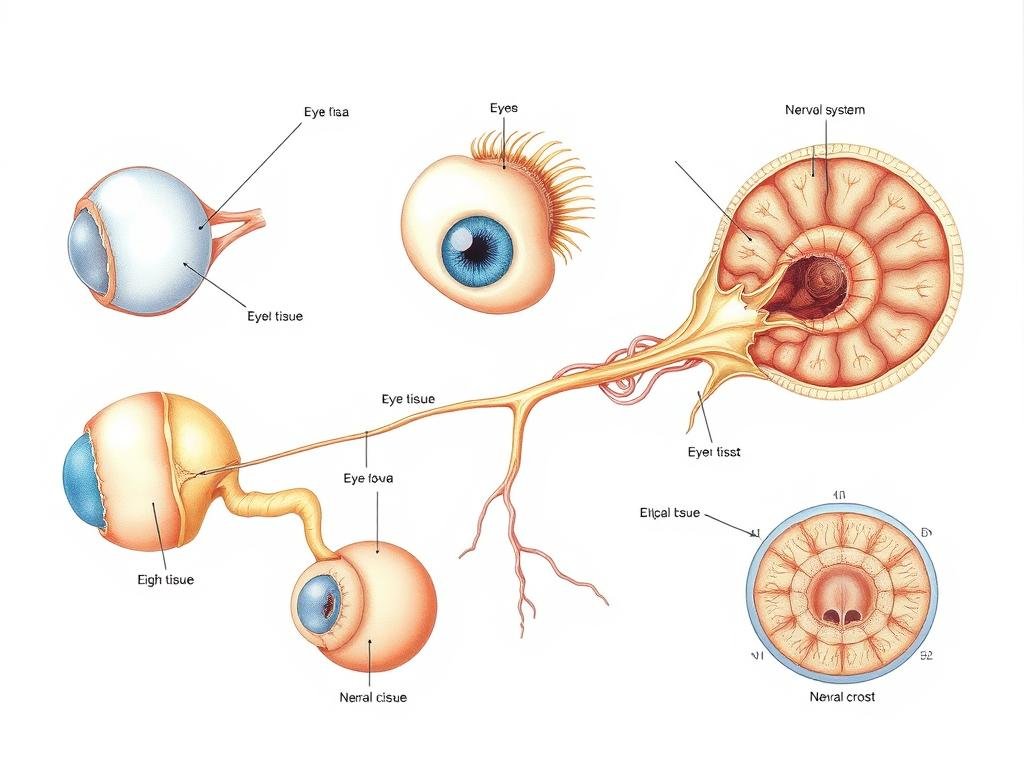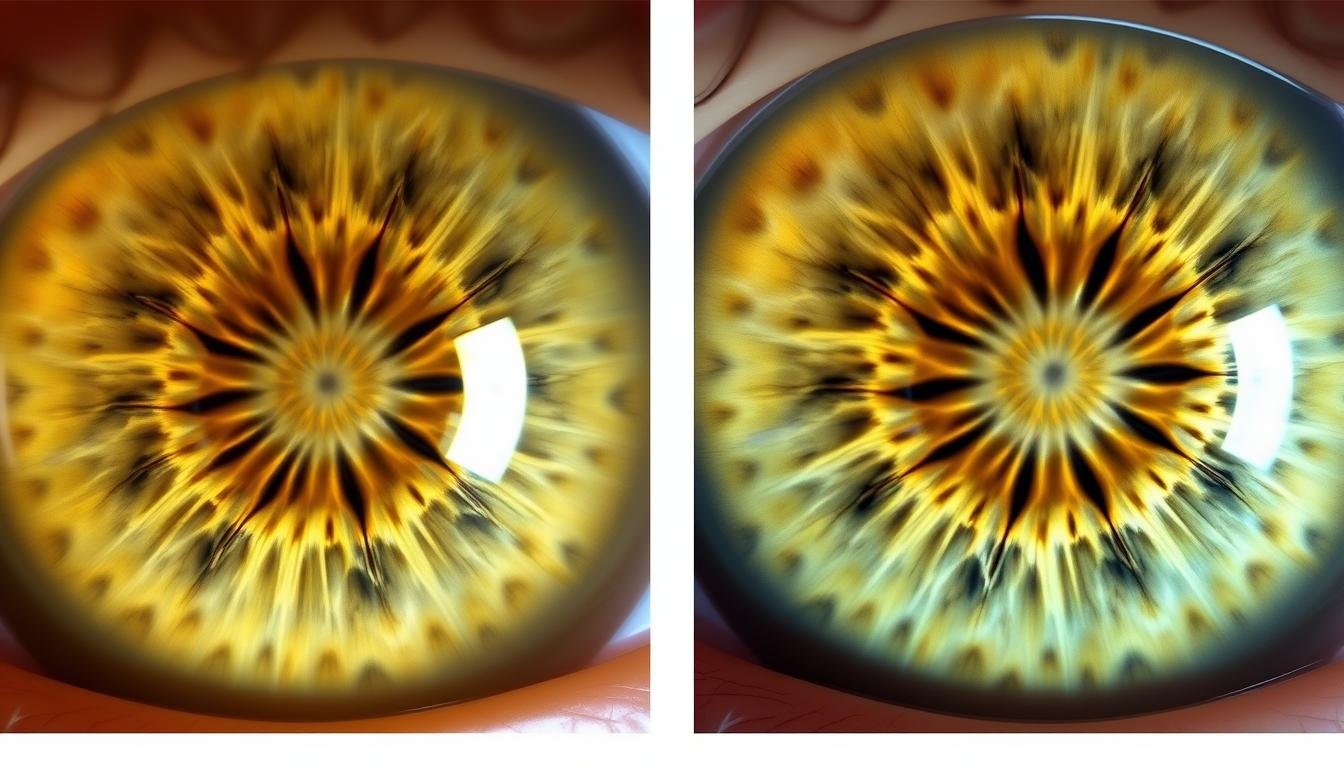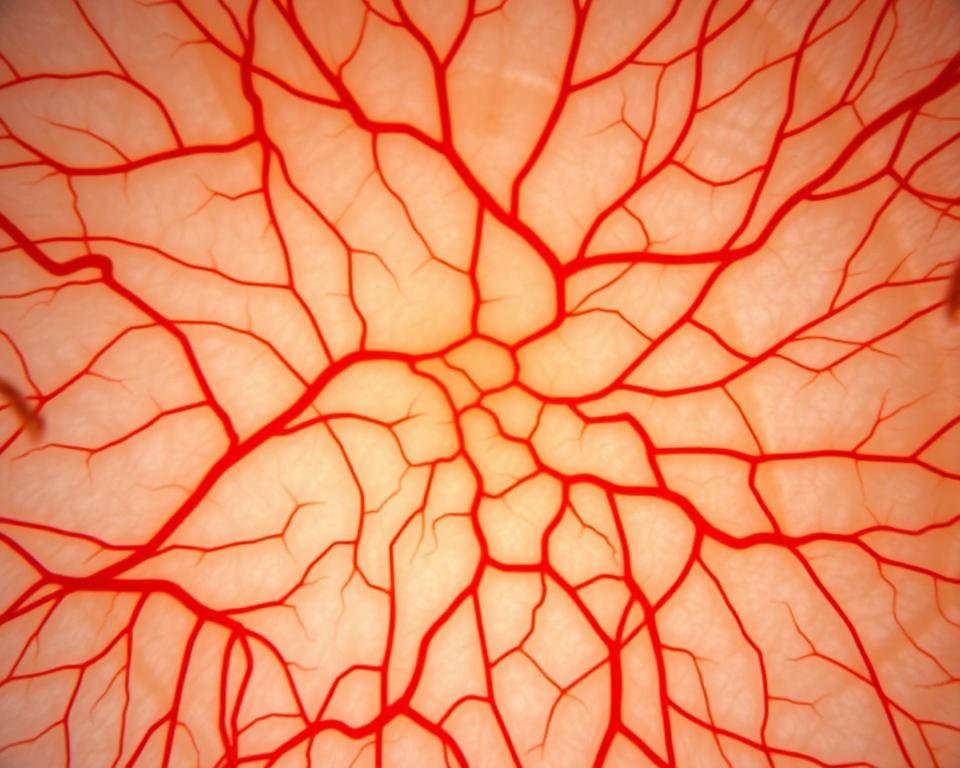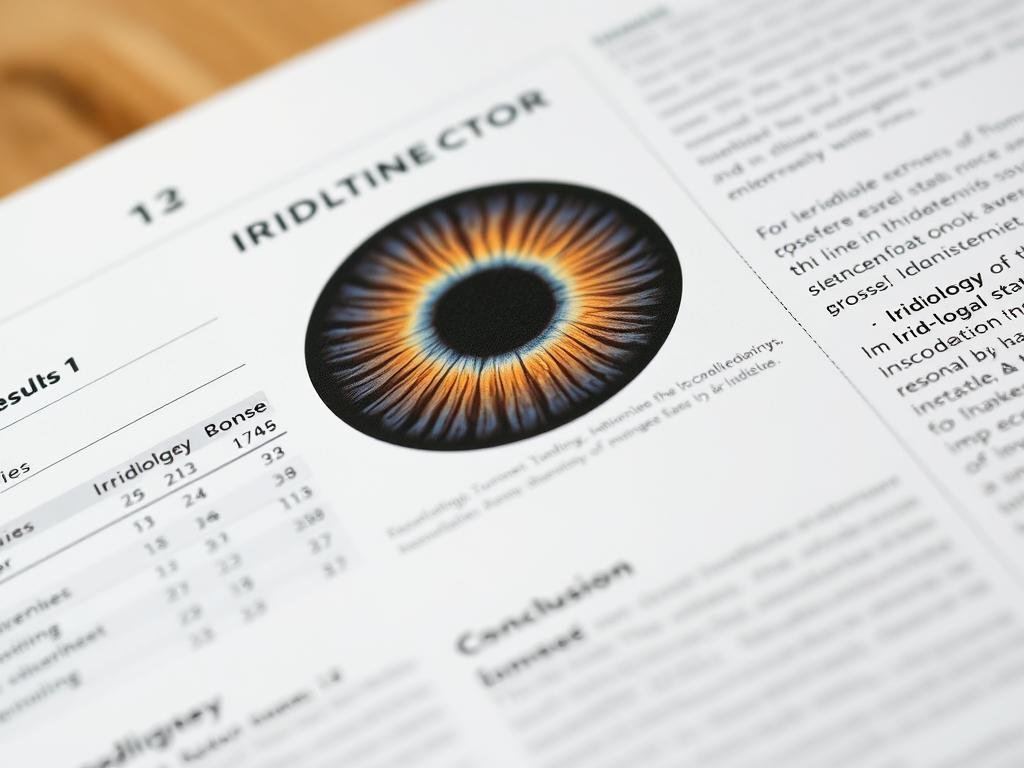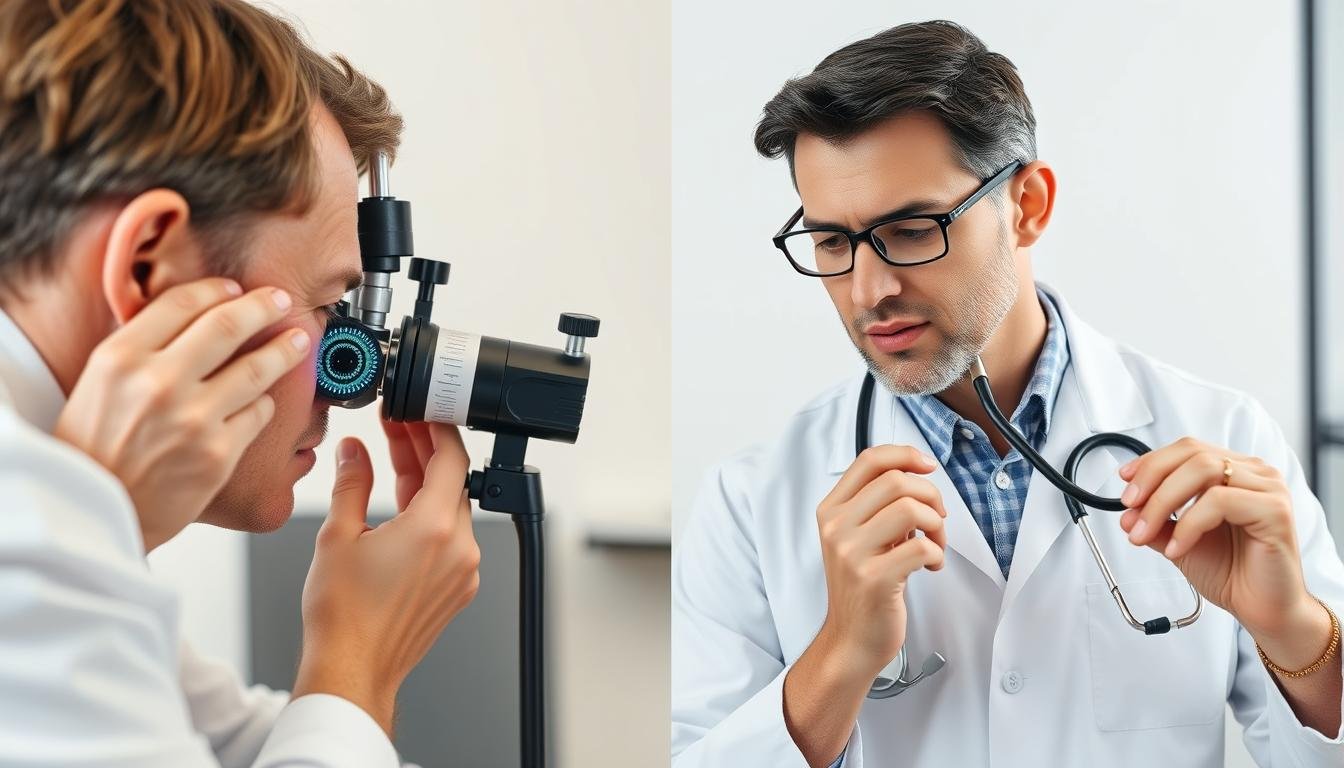A antiga prática de Diagnóstico da IRIS de iridologia suggests that the iris—the colored part of your eye—contains a detailed map of your body’s health. This alternative diagnostic method examines patterns, colors, and other characteristics in the iris to identify potential health concerns before they manifest as physical symptoms. While controversial in conventional medicine, iridology has persisted for centuries and continues to intrigue those seeking holistic approaches to health assessment. This article explores the fundamental theories that form the backbone of this fascinating practice.
The History and Evolution of Diagnóstico da IRIS de iridologia
As raízes de Diagnóstico da IRIS de iridologia trace back thousands of years. Ancient civilizations in Egypt, China, and India recognized the connection between iris markings and health conditions. However, modern iridology as we know it today began taking shape in the 19th century.
Dr. Ignatz von Peczely, a Hungarian physician, is often credited with developing the first comprehensive gráfico de íris in the 1860s. As the story goes, young von Peczely noticed changes in an owl’s iris after the bird suffered a broken leg. This observation sparked his lifelong study of the relationship between iris markings and physical health.



In the early 20th century, Dr. Bernard Jensen further developed iridology in the United States, creating more detailed iris charts and bringing the practice to wider attention. His work established many of the principles still used by iridologists today.
Throughout its evolution, Diagnóstico da IRIS de iridologia has faced both enthusiasm from alternative health practitioners and skepticism from conventional medical communities. Despite this mixed reception, the practice continues to evolve with modern technology enhancing the ability to capture and analyze iris details.
Core Principles of Diagnóstico da IRIS de iridologia
A prática de Diagnóstico da IRIS de iridologia rests on several fundamental principles that guide practitioners in their analysis of the iris. Understanding these core concepts is essential for anyone interested in this alternative diagnostic approach.



The Iris as a Micromap of the Body
The central principle of iridology is that the iris contains a complete map of the body, with different zones corresponding to specific organs and systems. This “micromap” theory suggests that the left iris generally reflects the left side of the body, while the right iris corresponds to the right side.
Avaliação Constitucional
Iridologists believe that the basic structure and color of the iris reveal a person’s inherited strengths and weaknesses. This “constitutional” assessment helps identify areas of the body that may be more susceptible to health problems.
Iris Signs and Markings
Various markings in the iris—including spots, lines, rings, and color variations—are interpreted as indicators of specific health conditions. For example:
- White or yellowish spots may indicate inflammation or accumulation of toxins
- Dark spots might suggest tissue damage or degeneration
- Rings around the iris (known as “sodium rings”) could indicate mineral imbalances
- Radial lines may point to nerve stress or circulation issues
Iris Color and Health Correlations
The base color of the iris is believed to indicate certain metabolic tendencies. For instance, blue-eyed individuals may have different digestive characteristics than those with brown eyes. Changes in iris color over time are also considered significant in Diagnóstico da IRIS de iridologia.
Discover Your Iris Health Map
Curious about what your iris might reveal about your health? Download our free beginner’s guide to iridology and learn how to identify basic iris signs.
Get Free Iridology Guide
Top 5 Scientific Theories Supporting Diagnóstico da IRIS de iridologia
While conventional medicine remains skeptical about iridology, proponents point to several scientific theories that may explain the connection between iris patterns and bodily health. Here are the five most prominent theories:
1. Embryological Development Theory
This theory suggests that the connection between the iris and body organs stems from shared embryonic tissue development. During fetal development, the iris forms from the same ectodermal tissue layer as the nervous system, potentially establishing neural connections that reflect health conditions throughout the body.

2. Neurolymphatic Reflex Theory
According to this theory, the iris contains thousands of nerve endings connected to the brain via the optic nerve. These connections form part of a reflex system that may display changes in the iris when organs or tissues experience stress or disease.
3. Genetic Expression Theory
This theory proposes that iris patterns reflect genetic predispositions to certain health conditions. The unique patterns in each person’s iris may represent a visual manifestation of their genetic makeup, potentially revealing inherited strengths and weaknesses.

4. Bioelectric Field Theory
This theory suggests that the body’s bioelectric field—the electrical activity generated by cells and tissues—influences iris patterns. Changes in this field due to illness or dysfunction may manifest as visible changes in the iris structure or coloration.
5. Microcirculation Mapping Theory
The iris contains numerous tiny blood vessels. This theory proposes that changes in microcirculation throughout the body may be reflected in the vascular patterns of the iris, potentially providing early warning signs of circulatory issues.

How accurate is Iridology Iris Diagnosis compared to conventional medical tests?
The accuracy of iridology remains contested in scientific literature. While conventional medical tests have standardized accuracy rates backed by extensive research, iridology lacks the same level of scientific validation. Proponents suggest it’s most valuable as a complementary assessment tool rather than a replacement for conventional diagnostics.
Can iridology detect conditions before they become symptomatic?
Iridologists claim that changes in the iris can appear before physical symptoms manifest, potentially allowing for preventive measures. However, scientific studies have not conclusively demonstrated this predictive capability. Most conventional medical professionals recommend established screening methods for early detection of health conditions.
Aplicações modernas de Diagnóstico da IRIS de iridologia
Despite ongoing debates about its scientific validity, Diagnóstico da IRIS de iridologia continues to find applications in various health and wellness contexts. Modern practitioners have adapted traditional techniques with new technologies and integrated approaches.
Complementary Health Assessment
Many holistic health practitioners use iridology as one component of a comprehensive health assessment. Rather than relying solely on iris analysis, they combine it with other diagnostic methods, medical history, and lifestyle factors to create a more complete picture of a person’s health.

Orientação preventiva de saúde
Iridology is often used to identify potential areas of weakness before they develop into health problems. This preventive approach focuses on lifestyle modifications, nutritional support, and stress management techniques tailored to individual constitutional tendencies.
Iridologia Digital
Technological advances have transformed iridology practice. High-resolution digital cameras and specialized software now allow for detailed iris photography and analysis. These tools can detect subtle iris features invisible to the naked eye and provide consistent documentation of changes over time.
Statistical Insights
- According to a 2019 survey, approximately 12% of alternative health practitioners incorporate some form of iridology in their practice
- A 2020 market research report estimated the global iridology equipment market at $24.5 million, with projected growth of 4.2% annually
- Studies indicate that 8-15% of adults in Western countries have consulted an iridologist at least once
Join Our Holistic Health Community
Stay updated on the latest research and developments in iridology and other natural health approaches. Subscribe to our monthly newsletter for exclusive content and practical wellness tips.
Subscribe Now
Críticas e controvérsias em torno Diagnóstico da IRIS de iridologia
While iridology has passionate advocates, it also faces significant criticism from the scientific and medical communities. Understanding these criticisms is important for anyone considering iridology as a health assessment tool.

Os proponentes discutem
- Iridology offers a non-invasive way to assess overall health
- It may detect imbalances before they manifest as symptoms
- The practice considers constitutional factors unique to each individual
- Modern technology has improved accuracy and consistency
- It encourages preventive health approaches
Critics Contend
- Controlled studies have failed to demonstrate diagnostic reliability
- There’s insufficient scientific evidence for the claimed iris-organ connections
- Interpretations vary significantly between practitioners
- Reliance on iridology might delay proper medical treatment
- The biological mechanism for how health conditions would affect iris patterns remains unclear
Scientific Studies
Several controlled studies have examined iridology’s diagnostic capabilities with mixed results. A notable study published in the Journal of the American Medical Association tested the ability of iridologists to detect kidney disease through iris examination. The study found that the iridologists could not reliably identify patients with kidney disease, performing no better than chance.
However, proponents argue that many studies have methodological flaws or test iridology in ways that don’t reflect how it’s actually practiced. They point to positive outcomes in clinical settings and case studies that suggest value in the approach.

Status regulatório
The regulatory status of iridology varies worldwide. In most countries, it’s considered a complementary or alternative practice rather than a licensed medical specialty. This means that standards for training and practice can vary significantly, and consumers should research practitioners’ qualifications carefully.
Should iridology replace conventional medical diagnosis?
Most responsible iridology practitioners recommend using it as a complementary tool rather than a replacement for conventional medical diagnosis. Even advocates of iridology generally suggest working with qualified healthcare providers, especially for serious health concerns.
Balancing Perspective on Diagnóstico da IRIS de iridologia
The theories behind Diagnóstico da IRIS de iridologia present a fascinating intersection of ancient wisdom and modern holistic health approaches. While scientific validation remains limited, many find value in its whole-person perspective and preventive focus.
For those interested in exploring iridology, a balanced approach is recommended—one that appreciates its potential insights while maintaining realistic expectations about its capabilities. Consider it as one tool among many for understanding your health, rather than a definitive diagnostic method.

Whether you’re a skeptic or an enthusiast, the enduring interest in iridology speaks to our continuing search for comprehensive approaches to health and wellness that consider the whole person. As research continues and technology advances, our understanding of the relationship between the iris and overall health may evolve in surprising ways.
Explore Iridology With Professional Guidance
Interested in learning what your iris might reveal about your health? Connect with a qualified practitioner who can provide a professional assessment and answer your questions.
Encontre um iridologista certificado

